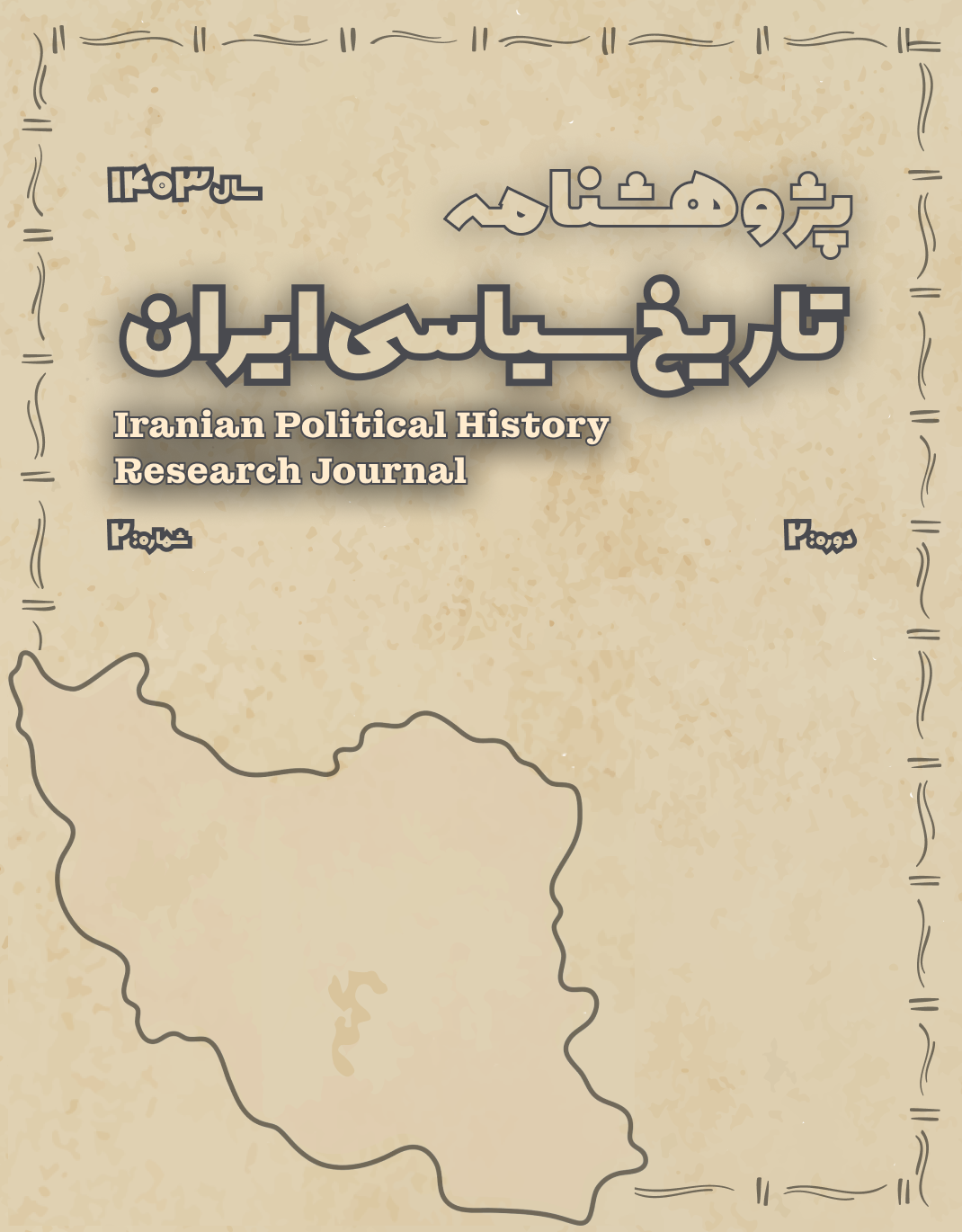A Critical Analysis of Press Suppression Policies during the Reign of Naser al-Din Shah Qajar
Keywords:
Naser al-Din Shah Qajar, press censorship, monarchical discourse, power and knowledge, public sphere, Iranian political history, media control institutionsAbstract
This article offers a critical analysis of press suppression policies during the reign of Naser al-Din Shah Qajar, examining the mechanisms of power in their historical, discursive, and political contexts. Drawing on Michel Foucault’s theory of power/knowledge and Jürgen Habermas’s concept of the public sphere, the study argues that censorship in Qajar Iran was not a reactive or incidental measure, but rather a structural strategy aimed at consolidating monarchical discourse, silencing dissent, and preventing the emergence of a deliberative public space. Through a close examination of historical documents, royal decrees, domestic and diasporic press, and the roles of state institutions such as the Divankhaneh (state council) and the Nazmiyeh (police department), the article outlines the methods by which the Qajar state controlled the media environment. The findings reveal that these suppression policies had long-lasting effects on the institutionalization of freedom of expression, political development, and the formation of civil society in modern Iran. In comparison with contemporary press policies in neighboring countries such as the Ottoman Empire and Egypt, Qajar Iran—with its centralized power structure, lack of civic institutions, and symbolic conception of monarchy—exhibited more restrictive control over the media. The study highlights the importance of historically grounded analysis of censorship as a persistent structure in Iranian political life and seeks to contribute to the broader literature on Iranian political history and discourse analysis.
Downloads
References
Abrahamian, E. (2008). A History of Modern Iran. Cambridge University Press.
Afary, J. (1996). The Iranian Constitutional Revolution, 1906–1911: Grassroots Democracy, Social Democracy, and the Origins of Feminism. Columbia University Press.
Amanat, A. (1997). Pivot of the Universe: Nasir al-Din Shah and the Iranian Monarchy, 1831–1896. University of California Press.
Bayat, M. (2000). Iran’s First Revolution: Shi’ism and the Constitutional Revolution of 1905–1909. Oxford University Press.
Chehabi, H. E. (1990). Iranian Politics and Religious Modernism: The Liberation Movement of Iran under the Shah and Khomeini. Cornell University Press.
Katouzian, H. (2000). State and Society in Iran: The Eclipse of the Qajars and the Emergence of the Pahlavis. I.B. Tauris.
Keddie, N. R. (2003). Modern Iran: Roots and Results of Revolution. Yale University Press.
Martin, V. (1989). Islam and Modernism: The Iranian Revolution of 1906. I.B. Tauris.









